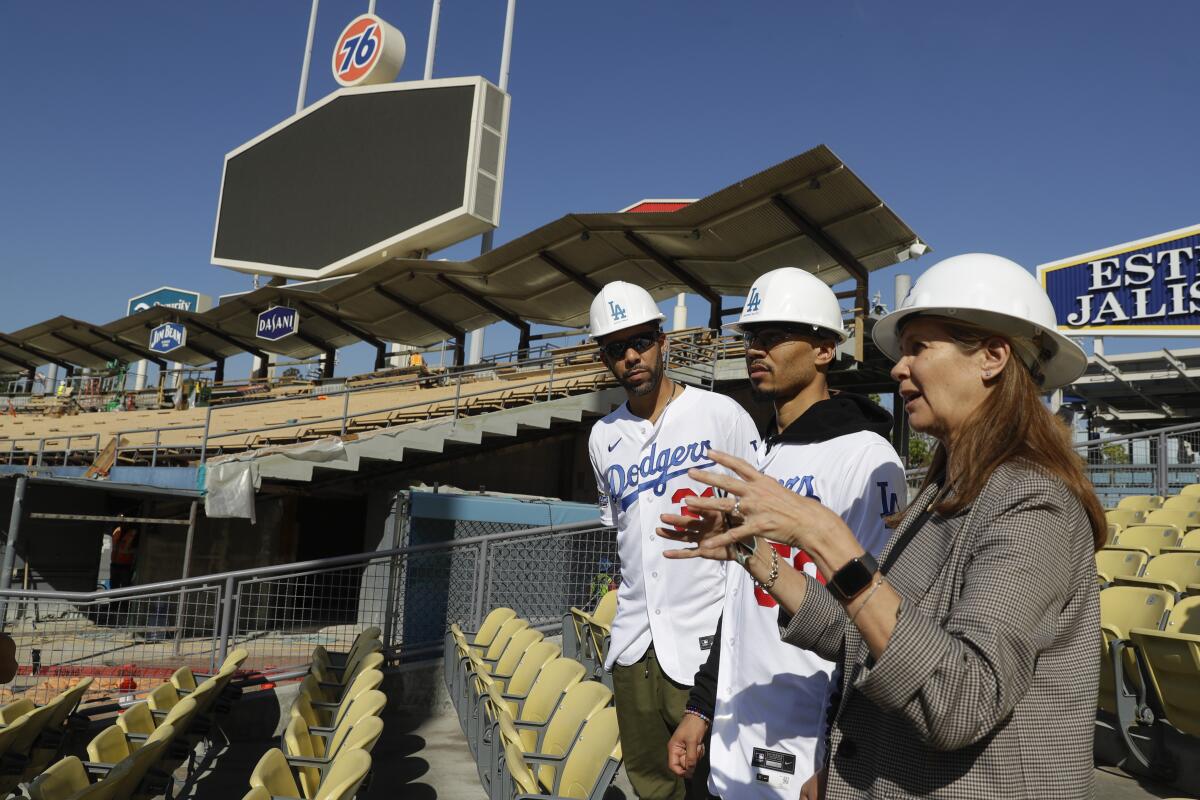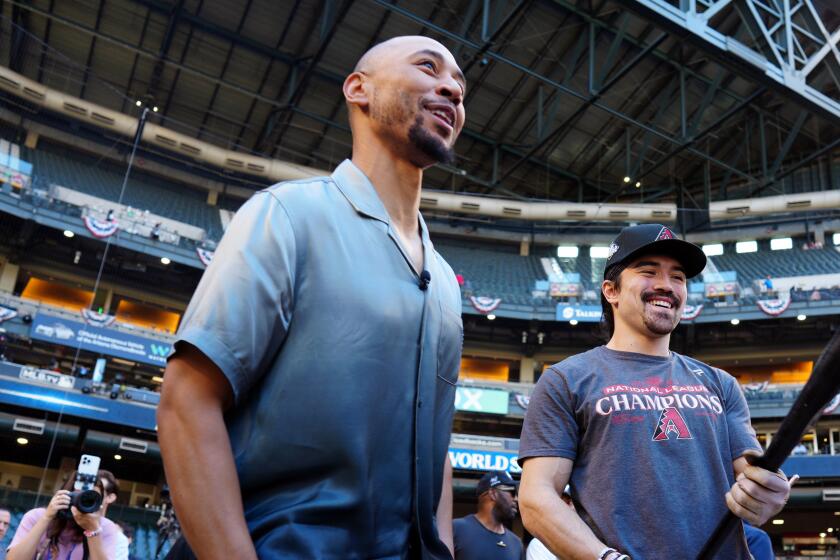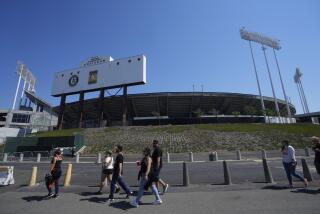Making your sports venue better? Dodgers’ architect has a plan

For an owner, a team is no longer enough. These days, an owner increasingly aspires to control the team, the venue, and the land around the venue. Land that once sat empty aside from game days can now come to life 365 days a year, with a mix of restaurants, shops, homes, hotels and offices surrounding the venue.
Janet Marie Smith, the acclaimed architect who designed Camden Yards and redesigned Dodger Stadium and Fenway Park, announced Wednesday the launch of a firm intended to help teams modernize venues and integrate them within surrounding real estate developments.
“It is the core of what’s interesting to me,” Smith said, “about how sports and cities come together.”
The firm, called Canopy, will have offices on each coast. Smith, who remains the Dodgers’ executive vice president of planning and development, will work out of Los Angeles. Fran Weld, who oversaw the San Francisco Giants’ Mission Rock development, will run an office in Baltimore.
Mission Rock, built on a former parking lot adjacent to Oracle Park, is a 28-acre site that will include 1,200 homes — 40% reserved for affordable housing — and a global headquarters for Visa.
Canopy was launched with funding from Elysian Park Ventures, the investment arm of the Dodgers’ owners, and from Trailblazer Venture Studio, a collaboration of the Dodgers, Elysian Park Ventures and Billie Jean King Enterprises designed to support woman-owned and woman-led businesses in sports.
Mookie Betts says he knows he has to play better for the Dodgers to succeed. He also says MLB teams should consider signing Trevor Bauer.
In baseball, Smith said, urban venues date to Fenway Park and Wrigley Field, each more than a century old. Today’s billion-dollar venues demand the surrounding land be developed with one eye toward imagination and another toward dollars — to repay the construction costs and to generate revenues for the team and its host city, even as most economists say taxpayer funding of sports facilities usually does not pay off.
Smith said she does not see a “dividing line” between developing a sports venue and the land around it.
“It is about the creation of a total environment,” Smith said. “It’s not just the financial. It’s about the experience in growing the city.”
More to Read
Are you a true-blue fan?
Get our Dodgers Dugout newsletter for insights, news and much more.
You may occasionally receive promotional content from the Los Angeles Times.










